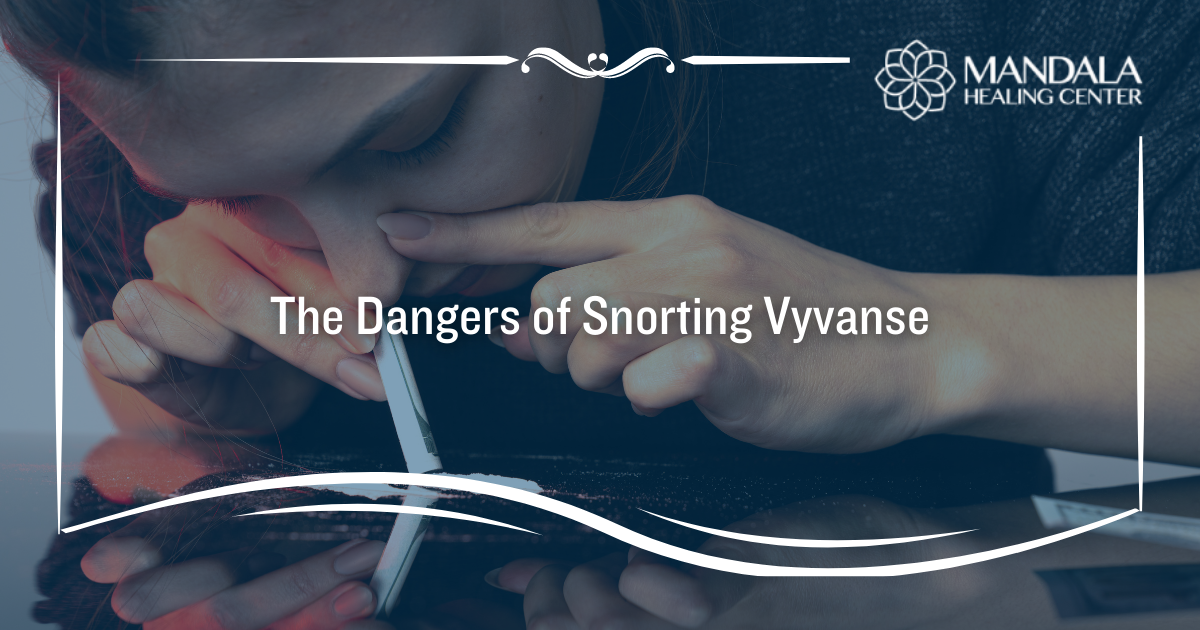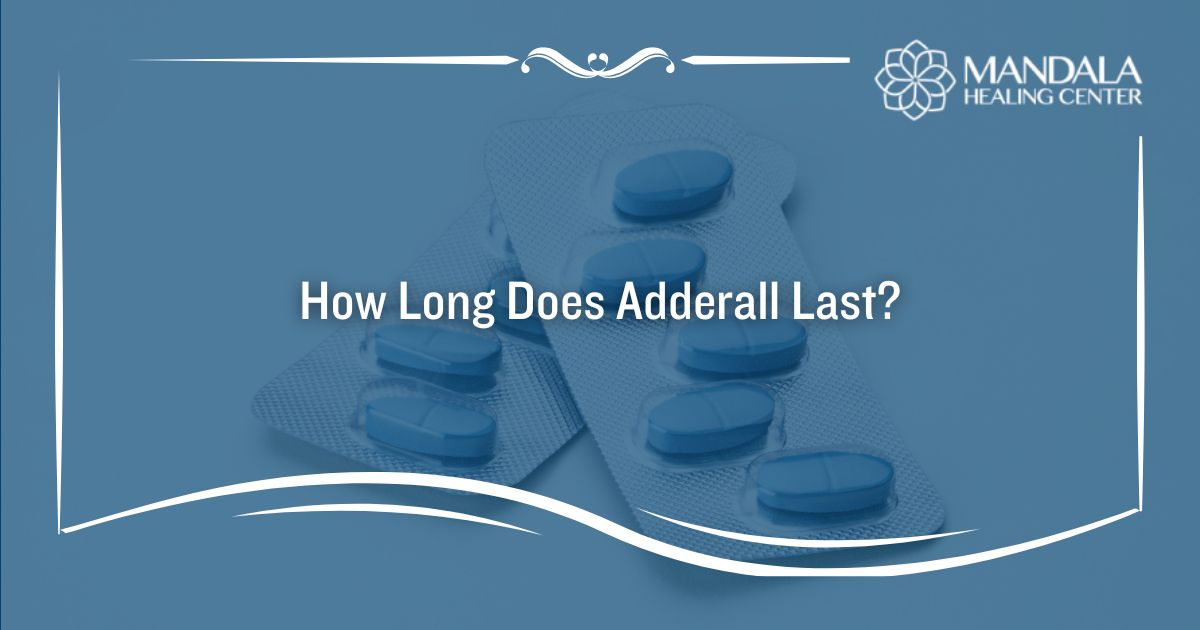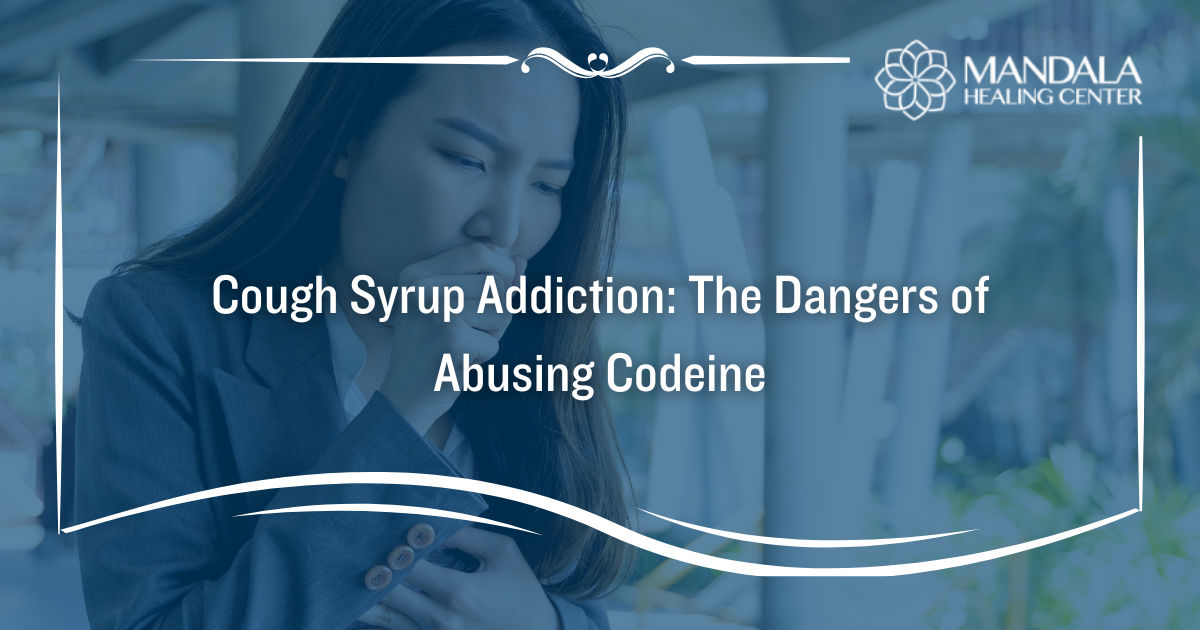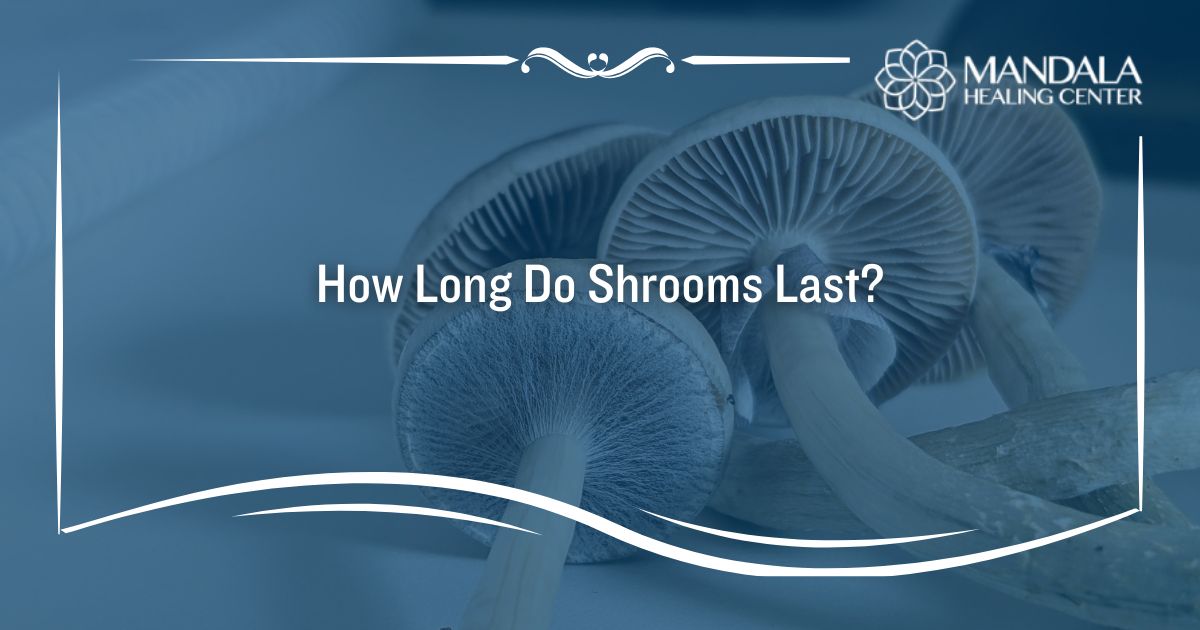Vyvanse (lisdexamfetamine) is a brand-name stimulant medication that is often prescribed to treat attention deficit hyperactivity disorder (ADHD) and binge eating disorder. It works by increasing activity in the central nervous system, promoting focus and concentration, and reducing appetite.[1] While Vyvanse can be safe and effective when taken as directed, it is also a popular drug of abuse.
Vyvanse is very similar to Adderall. It is commonly abused by young adults who are in college or working high-stress jobs because they feel the need to have more energy, focus, and attention. However, Vyvanse abuse is dangerous and can turn into an addiction or substance use disorder.
Some people who abuse this drug do so by snorting it, but snorting Vyvyanse is extremely dangerous. It is also unlikely that insufflation (snorting) will result in more intense side effects or a rush of euphoria because of how Vyvanse metabolizes in the body. Although snorting other drugs often increases the bioavailability of the drug, thereby enhancing the effects, insufflation does not increase the bioavailability of Vyvanse. Instead, all snorting does is cause damage and increase the risk of physical dependence, addiction, and overdose.
Why Do People Snort Vyvanse?
Many people snort Vyvanse and other stimulants because they are chasing a stronger, faster high. While snorting drugs usually accomplishes this goal, Vyvanse is different. Vyvanse is known as a “prodrug stimulant.” Prodrug stimulants are inactive until they are metabolized in the body.
Vyvanse, in particular, will not produce stimulant-like effects unless it undergoes enzymatic conversion after being absorbed into the bloodstream from the gastrointestinal (GI) tract. This medication is also time-released, so it takes a long time for levels of the drug in the blood to increase, meaning it is difficult to get “high” on the drug.
Since Vyvanse has to be absorbed through the GI tract, snorting it is unlikely to produce the same effects as oral consumption. Studies have shown that the effects produced by oral consumption and intranasal consumption are similar.[2] As a result, snorting Vyvanse does not actually speed up or intensity the effects–it only increases the risks.
Side Effects of Vyvanse Insufflation
Snorting Vyvanse produces similar effects as taking it orally does. Common side effects include:[3]
- Wakefulness
- Dizziness
- Sweating
- Headache
- Shakiness
- Dry mouth
- Nausea and vomiting
- Lack of appetite
- Weight loss
- Chest pain
- Difficulty breathing
- Abdominal pain
- Increased heart rate
- Difficulty speaking
- Vision problems
- Motor or verbal tics
- Seizures
The higher the dose people consume, the more serious or pronounced the side effects may become.
In rare cases, Vyvanse abuse can lead to sudden heart attack, stroke, or death. It can also worsen mental health problems by causing:
- Anxiety
- Rapid mood changes
- Aggression
- Delusions
- Paranoia
- Hallucinations
The Dangers of Snorting Vyvanse (Lisdexamfetamine)
Due to the popular belief that insufflation causes stronger, more euphoric effects, people who snort Vyvanse may be disappointed at how weak the effects feel after they snort the drug. This disappointment can encourage them to snort more of the drug to the point where they are at risk of an overdose. Vyvanse overdose is the most concerning short-term danger of snorting the drug.
Snorting any drug can severely harm the nasal cavities and respiratory system. Other dangers associated with snorting Vyvanse include:
- Nosebleeds
- Loss of sense of smell (anosmia)
- Difficulty swallowing
- Dry or hoarse voice
- Sinus inflammation
- Chemical injury
- Tissue necrosis
- Nasal perforation
- Respiratory infections
- Deterioration of the soft palate
Symptoms of Vyvanse Overdose
Snorting may increase the risk of adverse side effects, sudden death, and overdose. Signs of a Vyvanse overdose include:[4]
- Dizziness
- Fainting
- Hostile behavior
- Depression
- Confusion
- Panic
- Sweating
- Psychosis
- Nausea
- Vomiting
- Rapid and shallow breathing
- Elevated body temperature
- Tremors
- Weakness
- Seizures
- Coma
- Stroke
- Cardiac arrest
- Sudden death
Using Vyvanse in combination with alcohol or sedatives like opioids and benzodiazepines can increase the risk of overdose. Similarly, combining Vyvanse with other stimulants like Adderall or cocaine can increase the risk of stroke, cardiac arrest, or sudden death.
Signs Someone is Snorting or Abusing Vyvanse
All stimulant drugs can be addictive, especially when they are abused. Even though Vyvanse was formulated as a time-release drug with the hope of minimizing the abuse potential, it still poses a risk of addiction to people who abuse it. As a result, it’s important to be able to recognize the signs that someone is snorting or abusing stimulant drugs.
Signs include:
- Taking larger doses of their medication than prescribed or running out of their medication early
- Experiencing anxiety or panic when their prescription is running low
- Carrying paraphernalia used for snorting (flat surface, razor blade, straw)
- Having symptoms of withdrawal if they stop taking Vyvanse
- Experiencing intense drug cravings and strange behaviors
- Erratic changes in sleep schedules, energy, and productivity
- Isolation from friends and family members
Find Help for Vyvanse Abuse and Addiction
If you or a loved one are struggling with stimulant addiction, know that there is help available. Here at Mandala Healing Center, our upscale recovery facility is equipped with everything you need to establish a sober foundation. Our medically-supervised detox process, clinically-driven therapy team, and integrated aftercare services can help you overcome your addiction and learn how to stay sober.
Don’t wait any longer to get the help you need. Call now to get started.
References:












